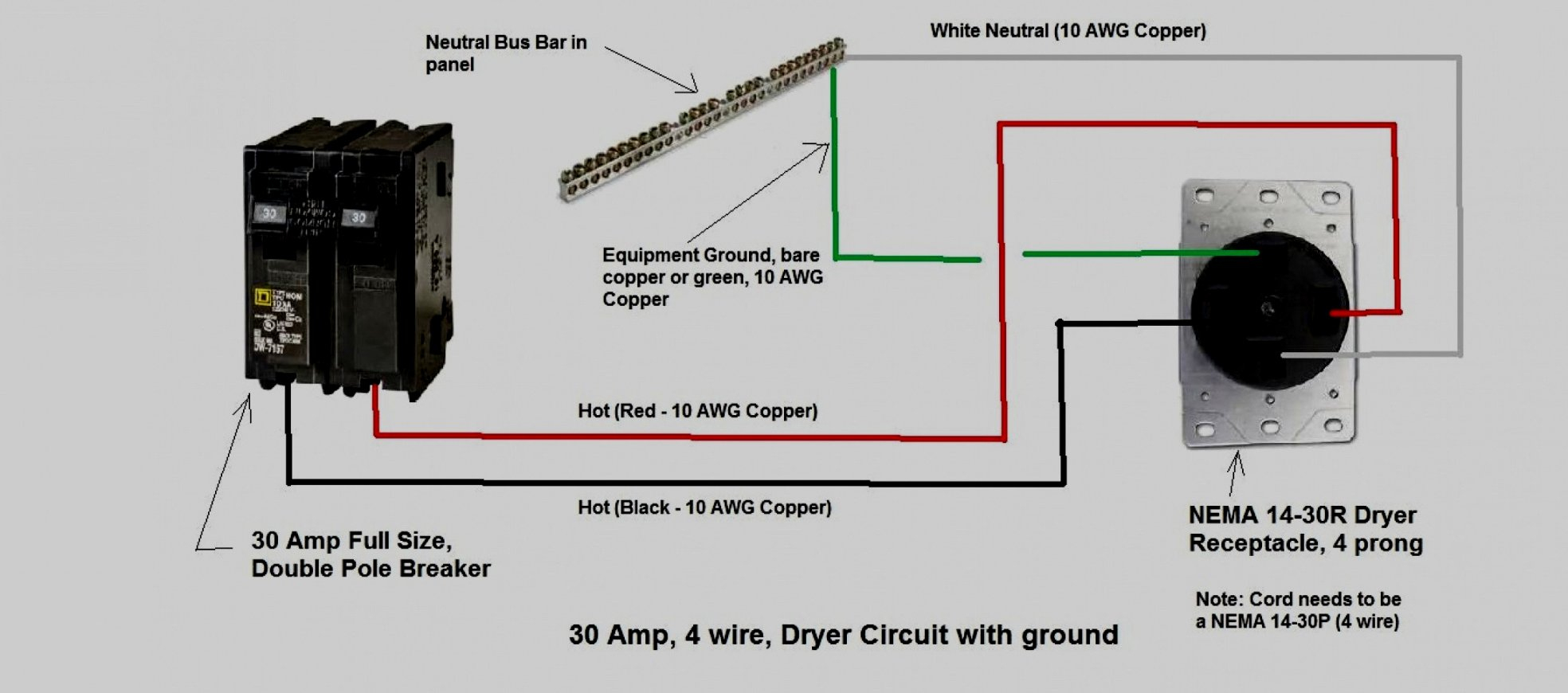Connecting a 240V range can seem daunting, especially when dealing with those red and black wires. This comprehensive guide demystifies the process, providing clear, step-by-step instructions for safe and compliant connections. Whether you’re a DIY enthusiast or simply curious, this guide empowers you with the knowledge to understand 240V wiring and recognize when professional help is needed.
Understanding 240V Power and Wiring
Electric ranges demand substantial power—more than your standard 120V outlet can provide. This is where 240V comes in. The red and black wires are key to delivering this higher voltage. They each carry 120V, combining to provide the full 240V your range requires. This differs from a 120V circuit, which relies on one hot wire and a neutral wire. Modern 240V range connections typically utilize a red (L1/hot), a black (L2/hot), and a green (ground) wire.
The Role of Each Wire
- Red (L1/Hot): Carries 120V.
- Black (L2/Hot): Carries 120V.
- Green (Ground): Provides a safety path for stray electricity, preventing shocks. Never connect this to a hot or neutral wire.
Why 240V?
240V allows for efficient operation of high-power appliances like electric ranges. It delivers the necessary energy to heat elements quickly and effectively, unlike a 120-volt dryer which has different power requirements. Understanding the 18 gauge 120v wire amp rating is crucial for these lower voltage appliances.
Connecting Your Range: A Step-by-Step Guide (For Informational Purposes Only)
Important: This guide is for informational purposes only. Electrical work can be dangerous. If you are not qualified, contact a licensed electrician.
-
Power Down: Turn off the breaker controlling the range circuit at your breaker box. Double-check that the power is off using a voltage tester.
-
Wire Identification: Carefully identify the red, black, and green wires at both the range and the outlet.
-
Hot Wire Connection: Connect the red and black wires from the range to the corresponding wires in the outlet. While red and black can be interchanged on a 240V range, maintaining consistency is crucial for future troubleshooting. Use wire nuts to secure the connections.
-
Ground Connection: Securely connect the green ground wire from the range to the green ground wire in the outlet using a wire nut.
-
Double-Check Connections: Ensure all wires are securely fastened and correctly connected.
-
Power Up: Once you’re certain everything is correct, turn the breaker back on.
-
Test the Range: Verify that the range is working correctly. If not, immediately turn the breaker off and recheck your connections.
Dealing with Older Wiring
Older homes may have a 3-wire system (black, white, green) where the white wire serves as the second hot leg (L2). 3-prong range cords (NEMA 10-50) are the current standard for 240V ranges. Adapting an older system to a modern range often requires a cord replacement or an adapter.
If your home uses an older 3-wire system, consult a qualified electrician for guidance on safely adapting to a modern 3-prong range. Some research suggests older wiring systems may be more prone to electrical issues, so professional advice is recommended.
Red and Black Wire Connections: Common Questions
Does the Order of Red and Black Wires Matter?
For purely 240V appliances, swapping red and black probably won’t cause issues. However, for appliances using both 120V and 240V (like many ranges), correct polarity (getting the red and black wires on the correct terminals) is essential. Always consult the appliance manual.
Can a Red Wire Connect Directly to a Black Wire?
Generally, no. Directly connecting red and black wires creates a short circuit, a serious fire hazard. In some older 240V-only circuits, a white wire might be used as a second hot wire. If so, it must be permanently and clearly marked with red tape at both ends. Extreme caution is advised, and consulting an electrician is highly recommended.
Troubleshooting and Safety Precautions
Using a Multimeter (For Experienced Users)
A multimeter can help diagnose wiring problems. It can test for voltage at the outlet and at the range, helping pinpoint where the issue lies. However, if you’re not experienced with multimeters, contact a professional.
Common Issues
| Problem | Possible Solutions |
|---|---|
| No Power to Range | Check the breaker. Is it tripped? Reset it. Still no power? Inspect the wiring for loose connections or breaks. |
| Breaker Keeps Tripping | This likely suggests an overload or a short circuit. Do not keep resetting it without addressing the underlying issue. |
| Range Malfunction | The problem might be with the range itself. Check the owner’s manual or contact the manufacturer. |
Safety First
- Always turn off the power at the breaker box before working on any electrical connections.
- Proper grounding is essential.
- If you are unsure about any aspect of this process, contact a licensed electrician.
The Future of 240V Appliances
As appliances become more sophisticated, power demands may also increase. Staying informed about evolving 240V wiring standards is recommended. While current understanding of electricity is comprehensive, ongoing research in safety and long-term effects of electrical exposure continues.
This guide provides a foundational understanding of 240V range connections. However, consulting a qualified electrician is always recommended for complex situations or if you are not comfortable working with electricity. They can assess your specific setup, offer tailored advice, and ensure everything is done safely and complies with local electrical codes. Remember, safety is paramount.
- The Best Battery Picture Lamps for Effortless Artwork Illumination - April 1, 2025
- Double Sink Bath Vanity Tops: A Buyer’s Guide - April 1, 2025
- Bath Towel Measurements: A Complete Guide to Choosing the Right Size - April 1, 2025










